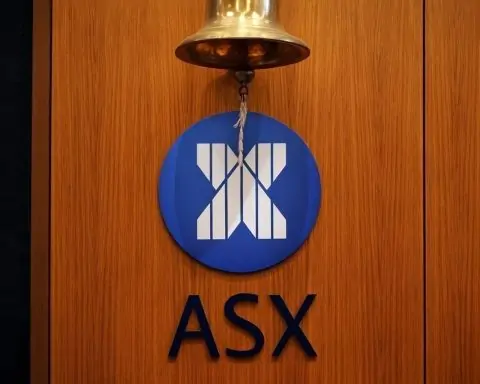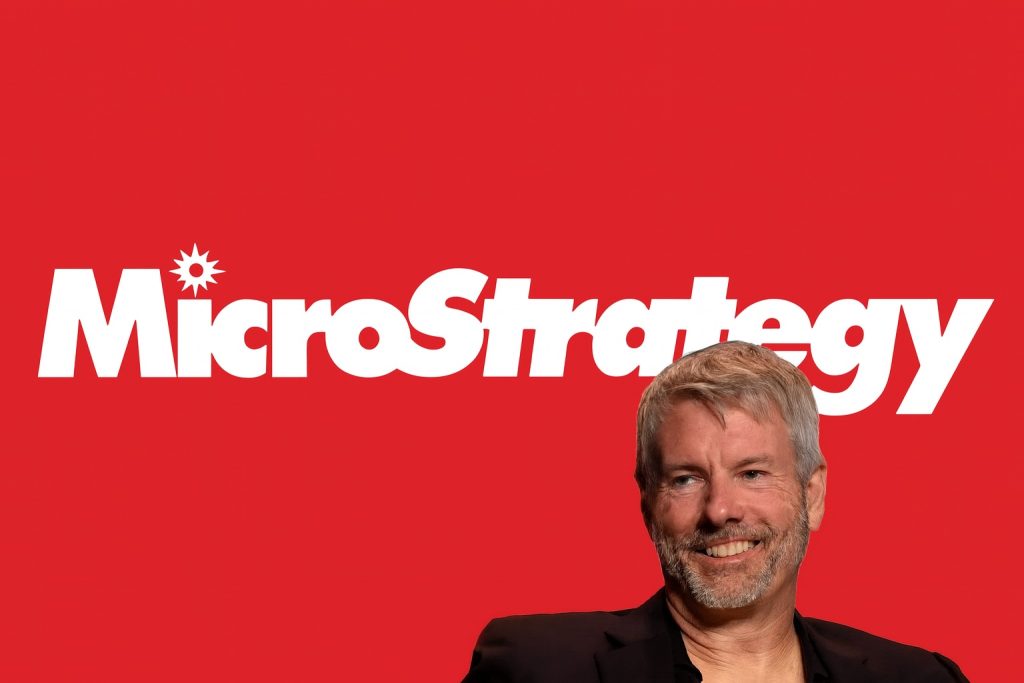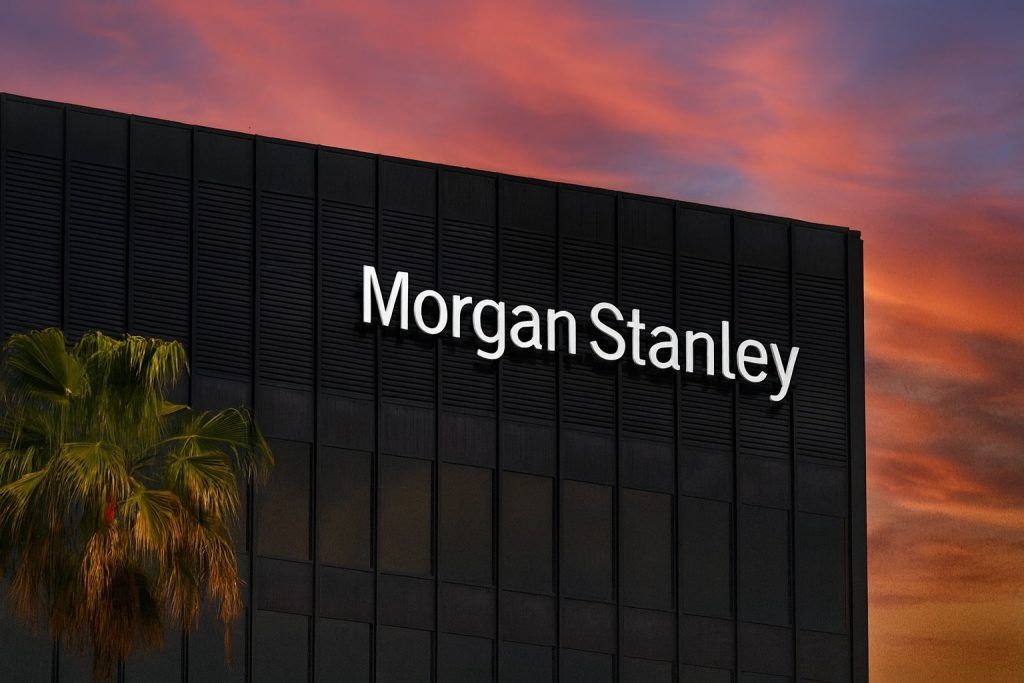Key Facts (as of 2 Oct 2025)
- Company – Fair Isaac Corporation (NYSE: FICO) is best known for the FICO® score used in U.S. consumer credit decisions. The company also sells analytic software and decision‑management tools.
- Market capitalization – about $36.4 billion on 2 Oct 2025 [1].
- Stock performance – FICO closed at $1,512.71 on 1 Oct 2025, down 24.0 % year‑to‑date from its 2025 high, with a 52‑week range of $1,300–$2,402.51 [2]. After announcing a direct licensing program on 2 Oct 2025, shares jumped ≈10 % in premarket trading [3].
- Third‑quarter FY2025 results – In July 2025 FICO reported revenue of $536.4 million (up 20 % year over year) and non‑GAAP earnings per share (EPS) of $8.57 (vs. $6.25 a year earlier) [4]. Net margin was 32.8 % [5].
- Analyst views – As of early October, analysts gave FICO an average price target around $2,100 and a “Buy” rating [6]. Barclays was the most bullish with a $2,400 target [7], while Seaport Global set a more conservative $1,600 target [8].
- Strategic moves in 2025 – FICO introduced a Mortgage Direct License Program letting lenders license scores directly instead of using credit bureaus, reducing fees and bypassing intermediaries [9]. The company also authorized a $1 billion stock repurchase program [10] and reaffirmed fiscal‑2025 revenue guidance of $1.98 billion [11].
FICO Stock Performance (up to 2 Oct 2025)
Recent price and volatility. FICO’s closing price of $1,512.71 on 1 Oct 2025 marks its last recorded trading session before the news. This figure is well below the all‑time high of about $2,382 recorded in November 2024 but still above the 52‑week low of $1,300 [12]. The company’s 50‑day moving average was $1,464.77 and the 200‑day moving average $1,703.46 [13], suggesting shares had been consolidating after a sharp decline.
Impact of direct licensing announcement. On 2 Oct 2025 FICO announced a groundbreaking Mortgage Direct License Program allowing lenders to obtain credit scores directly rather than through credit bureaus. The move cut the per‑score fee to $4.95 and eliminated credit bureaus’ 100 % markup [14]. Pre‑market trading saw FICO shares jump around 10 %, while rival credit bureaus Experian, Equifax and TransUnion fell 8–12 % [15]. Analysts from Raymond James and Citigroup said the program undermines the bureaus’ margin by allowing lenders to avoid markup fees [16]. Jefferies estimated bureau earnings could drop 10–15 % [17].
Year‑to‑date return. According to MacroTrends, FICO’s 2025 closing price of $1,512.71 represented a 24.02 % decline versus its level at the start of the year [18]. This decline occurred despite strong earnings and reflects investor concern about high growth valuations in a rising‑rate environment.
Financial Highlights
Third‑Quarter FY2025 Results (ended 30 Jun 2025)
- Revenue: FICO generated $536.4 million, a 20 % year‑over‑year increase [19].
- Scores segment: Revenue $324.3 million. Business‑to‑business (B2B) scores revenue surged 42 % due to price increases, higher mortgage volume and a large license renewal; business‑to‑consumer (B2C) revenue grew 6 % [20].
- Software segment: Revenue $212.1 million, up 3 % from strong demand for SaaS solutions [21].
- Profitability: GAAP net income $181.8 million, translating to GAAP EPS of $7.40 and non‑GAAP EPS of $8.57, well above the prior year’s $6.25 [22]. Net margin was 32.8 % [23].
- Free cash flow: $276.2 million, compared with $205.7 million a year earlier [24].
- Guidance: FICO reiterated fiscal‑2025 revenue guidance of $1.98 billion and raised non‑GAAP EPS guidance to $29.15 [25].
Balance Sheet and Capital Allocation
- Share repurchase program: In June 2025 the board authorized a new $1 billion share buyback program, permitting FICO to repurchase ~2.3 % of its outstanding stock [26]. FICO highlighted that the buyback can occur in open‑market or negotiated transactions [27].
- Dividends: FICO continued its policy of not paying regular dividends, choosing instead to reinvest in growth and repurchase shares.
Analyst Estimates and Price Targets
- Average rating: MarketBeat reported that out of fifteen analysts, two rated FICO “Strong Buy,” eleven “Buy,” and two “Hold,” yielding a consensus “Buy” rating [28].
- Price targets: The consensus price target was ≈$2,101.71, about 39 % above the 1 Oct closing price [29]. Barclays offered the most bullish target at $2,400 [30], while Seaport Global’s new target was $1,600 [31]. The median of ten targets collected by QuiverQuant was $1,925 [32].
- Earnings forecast: Analysts expect fiscal‑2025 non‑GAAP EPS of roughly $29.15 (per guidance) and continued revenue growth driven by higher pricing and SaaS expansion [33]. A slowing economy and potential regulatory changes remain key risks.
Recent News and Developments (late September – 2 Oct 2025)
FICO Mortgage Direct License Program
On 2 Oct 2025 FICO announced a Mortgage Direct License Program that fundamentally changes how credit scores are sold. Mortgage lenders can now license FICO scores directly from FICO, paying a royalty fee of $4.95 per score — roughly half the $10 fee charged when scores are purchased through credit bureaus [34]. FICO said the program removes credit‑bureau mark‑ups, boosts transparency and allows lenders to choose the best pricing model [35]. CEO Will Lansing stated that the change “eliminates unnecessary mark‑ups and empowers lenders to select the model that best meets their needs” [36].
Market reaction: The announcement sparked immediate market volatility. FICO shares surged about 10 % in premarket trading while the shares of credit‑bureau rivals Equifax, Experian and TransUnion fell sharply—Equifax dropped around 12 % premarket according to The Tokenist [37]. Analysts warned that the new distribution model could erode credit bureaus’ margins by 100 % mark‑ups and cut earnings 10–15 % [38].
Analyst Commentary
- Raymond James: Analysts said the direct program allows lenders to avoid the 100 % mark‑up credit bureaus charge when reselling scores [39].
- Citigroup: Analysts highlighted that the program would cut out the margins of credit bureaus and may accelerate competition [40].
- Jefferies: Analysts warned that credit bureaus could see earnings decline by 10–15 % because of the pricing pressure [41].
Competitor Impact
The announcement jolted FICO’s major customers—Equifax, Experian and TransUnion—which had historically resold FICO scores at a significant markup. By licensing scores directly, FICO has inserted itself into the bureau‑lender relationship.
- Equifax shares dropped 12.15 % pre‑market and lost ≈$3.8 billion in market value [42]. The Tokenist noted that this threatens the bureaus’ revenue streams and may intensify price competition [43].
- Experian and TransUnion shares fell around 8 % and 11 % respectively in pre‑market trading [44]. The sharp declines highlight investor fears that FICO’s direct licensing could lead lenders to negotiate lower fees, compress margins and choose alternative models such as VantageScore [45].
Strategic Initiatives and Business Moves in 2025
- Shift toward SaaS: FICO continued transforming its software segment into a SaaS business. Segment revenue grew 3 % year over year due to new subscription contracts [46], signalling a pivot away from perpetual licenses and increasing recurring revenue.
- Stock buyback: In June 2025 the board authorized a $1 billion share repurchase program [47]. Management emphasized that the buyback demonstrates confidence in FICO’s long‑term prospects and provides flexibility to return cash to shareholders [48].
- International expansion: FICO highlighted that the FICO Score is used by more than 90 % of U.S. top lenders and has expanded to over 40 countries [49]. The company continues to adapt its score models for new international markets, though specific 2025 deals were not publicly detailed.
Competitive Landscape
Credit bureaus (Equifax, Experian and TransUnion). FICO’s direct licensing threatens the bureaus’ pricing power. Each bureau operates large data repositories and sells credit reports and scores. With FICO bypassing them for mortgage scores, they may need to lower their own fees or promote VantageScore, a competing scoring model supported by the bureaus. The bureaus also face regulatory scrutiny for data breaches and accuracy, whereas FICO primarily provides scoring algorithms.
Alternative scoring models.VantageScore is the major competitor to the FICO Score. Supported by the credit bureaus, VantageScore aims to increase competition and reduce reliance on FICO. However, FICO still dominates mortgage lending and many lenders require FICO scores for underwriting.
Software analytics firms. FICO’s software segment competes with analytics companies like SAS and Palantir. FICO differentiates itself through its deep integration with consumer credit scoring and its decision‑management platform, which is being offered as a SaaS product.
Future Outlook
Opportunities:
- Revenue growth from pricing power. FICO continues to benefit from higher prices on B2B scores and an upswing in mortgage lending volumes. The new direct licensing program could generate incremental revenue via royalty fees and deeper relationships with lenders.
- SaaS expansion. Converting existing customers to SaaS subscriptions should improve revenue visibility and margins.
- International growth. Expanding FICO Scores into more countries offers a large addressable market.
Challenges and risks:
- Regulatory pressures. Increased oversight of credit scoring algorithms and consumer data privacy could restrict FICO’s business models.
- Competition from VantageScore. The bureaus may promote alternative scores to counter FICO’s direct program, potentially eroding FICO’s dominance in mortgage lending.
- Economic slowdown. A weak housing market or recession could reduce demand for mortgage scores.
Analyst sentiment: Analysts remain broadly positive. The consensus “Buy” rating and price targets above $2,000 indicate expectations of double‑digit upside [50]. However, the wide range of targets—from $1,600 [51] to $2,400 [52]—reflects uncertainty about the impact of the direct licensing program and macroeconomic conditions.
Conclusion
Fair Isaac Corp enters the final quarter of 2025 at a strategic crossroads. Its Mortgage Direct License Program has disrupted the long‑standing relationship between FICO and the credit bureaus, delivering cost savings for lenders and reinforcing FICO’s pricing power. Investors responded positively, but credit‑bureau stocks plummeted, highlighting the program’s industry‑wide ramifications [53] [54]. Meanwhile, FICO’s strong Q3 results, healthy margins and $1 billion share repurchase underscore management’s confidence in the company’s fundamentals [55] [56].
Looking ahead, FICO’s fortunes will hinge on successful adoption of the direct licensing program, continued SaaS expansion and the resilience of consumer credit markets. While analysts anticipate substantial upside, potential headwinds from competitors and regulatory scrutiny warrant caution. For long‑term investors seeking exposure to the intersection of analytics, credit scoring and fintech, FICO remains a compelling—if increasingly contested—player.
References
1. www.marketbeat.com, 2. www.macrotrends.net, 3. www.reuters.com, 4. fico.gcs-web.com, 5. www.marketbeat.com, 6. www.marketbeat.com, 7. www.marketbeat.com, 8. www.quiverquant.com, 9. www.reuters.com, 10. www.marketbeat.com, 11. fico.gcs-web.com, 12. www.macrotrends.net, 13. www.marketbeat.com, 14. www.reuters.com, 15. www.reuters.com, 16. www.reuters.com, 17. www.reuters.com, 18. www.macrotrends.net, 19. fico.gcs-web.com, 20. fico.gcs-web.com, 21. fico.gcs-web.com, 22. fico.gcs-web.com, 23. www.marketbeat.com, 24. fico.gcs-web.com, 25. fico.gcs-web.com, 26. www.marketbeat.com, 27. www.businesswire.com, 28. www.marketbeat.com, 29. www.marketbeat.com, 30. www.marketbeat.com, 31. www.quiverquant.com, 32. www.quiverquant.com, 33. fico.gcs-web.com, 34. www.reuters.com, 35. www.reuters.com, 36. www.reuters.com, 37. tokenist.com, 38. www.reuters.com, 39. www.reuters.com, 40. www.reuters.com, 41. www.reuters.com, 42. tokenist.com, 43. tokenist.com, 44. www.reuters.com, 45. www.reuters.com, 46. fico.gcs-web.com, 47. www.marketbeat.com, 48. www.businesswire.com, 49. www.businesswire.com, 50. www.marketbeat.com, 51. www.quiverquant.com, 52. www.marketbeat.com, 53. www.reuters.com, 54. tokenist.com, 55. fico.gcs-web.com, 56. www.marketbeat.com







